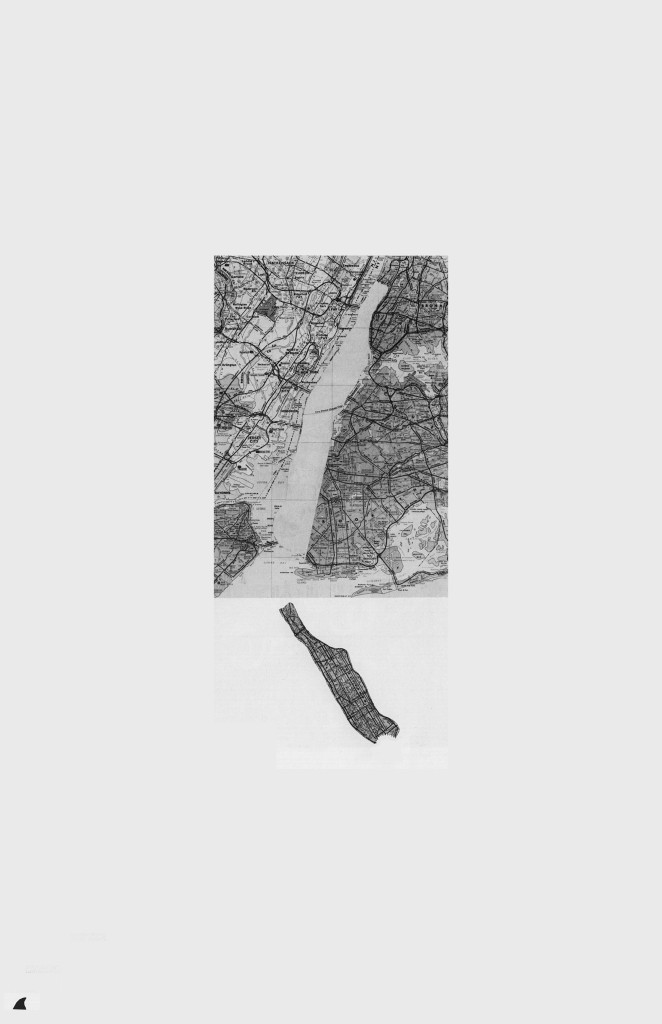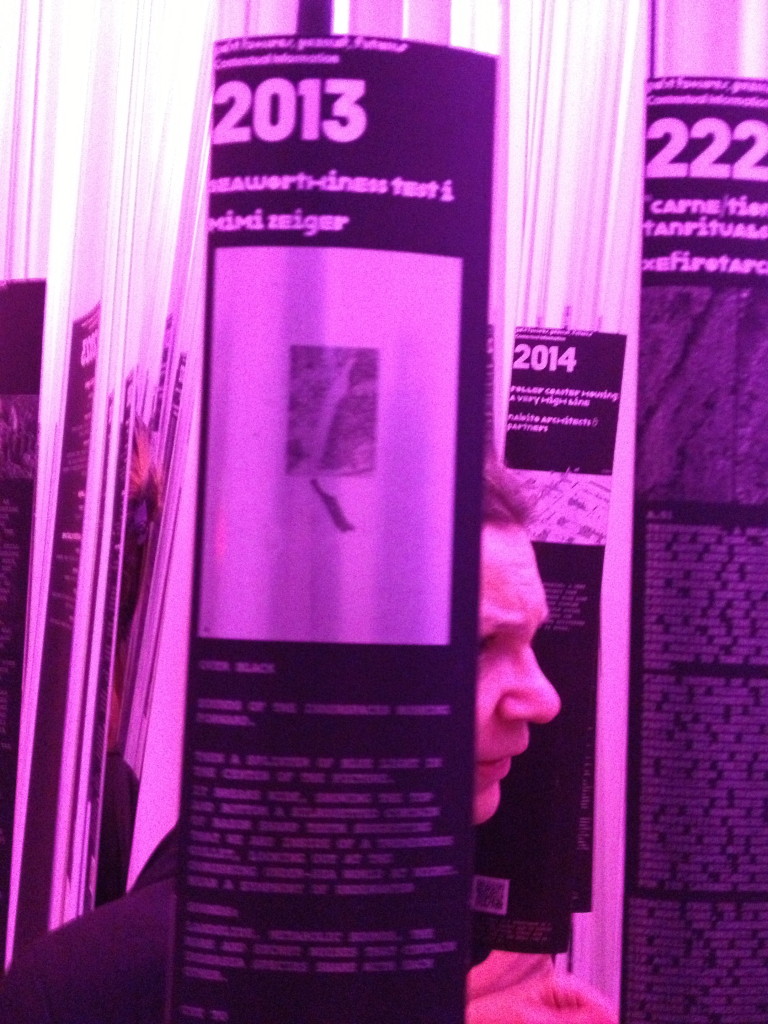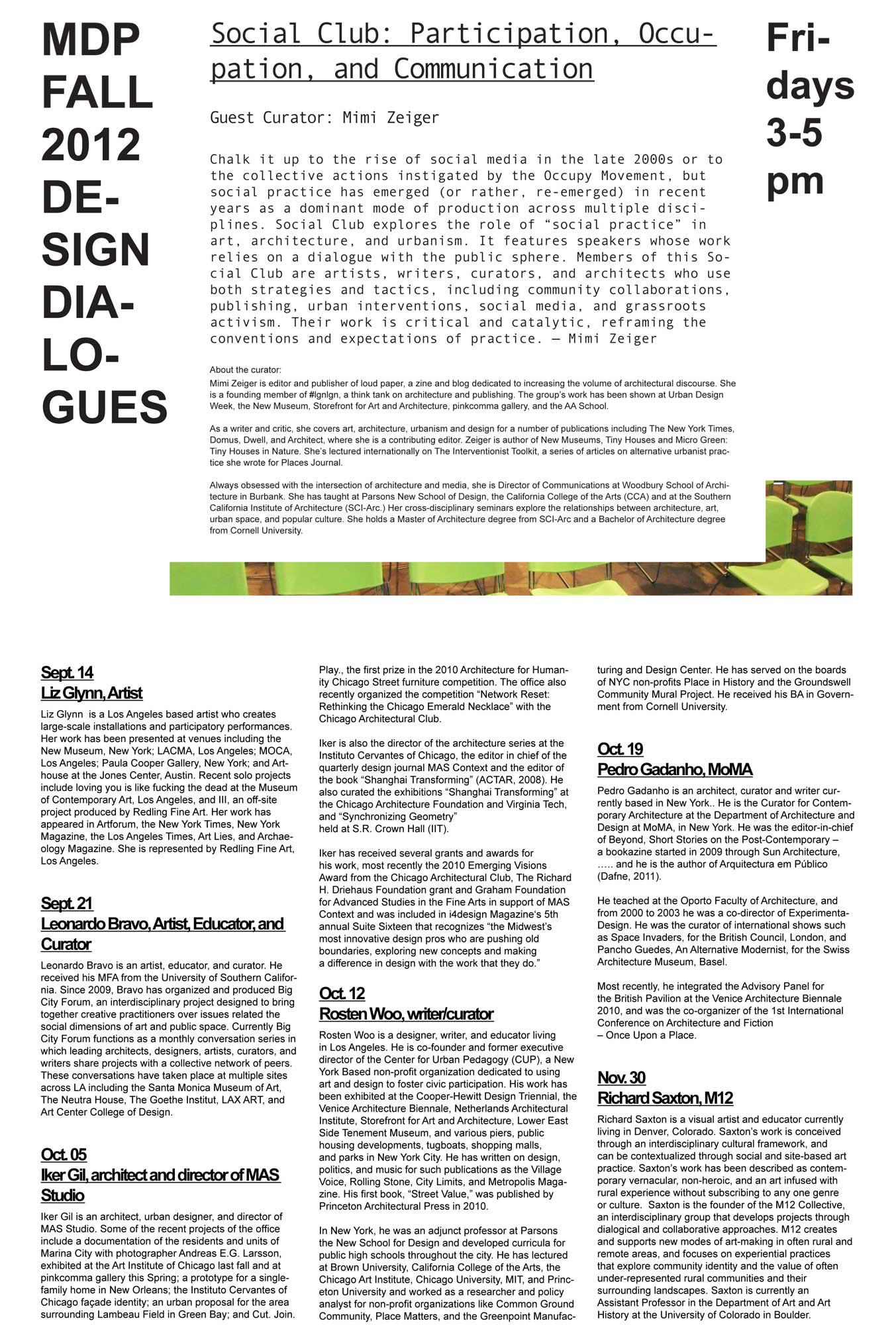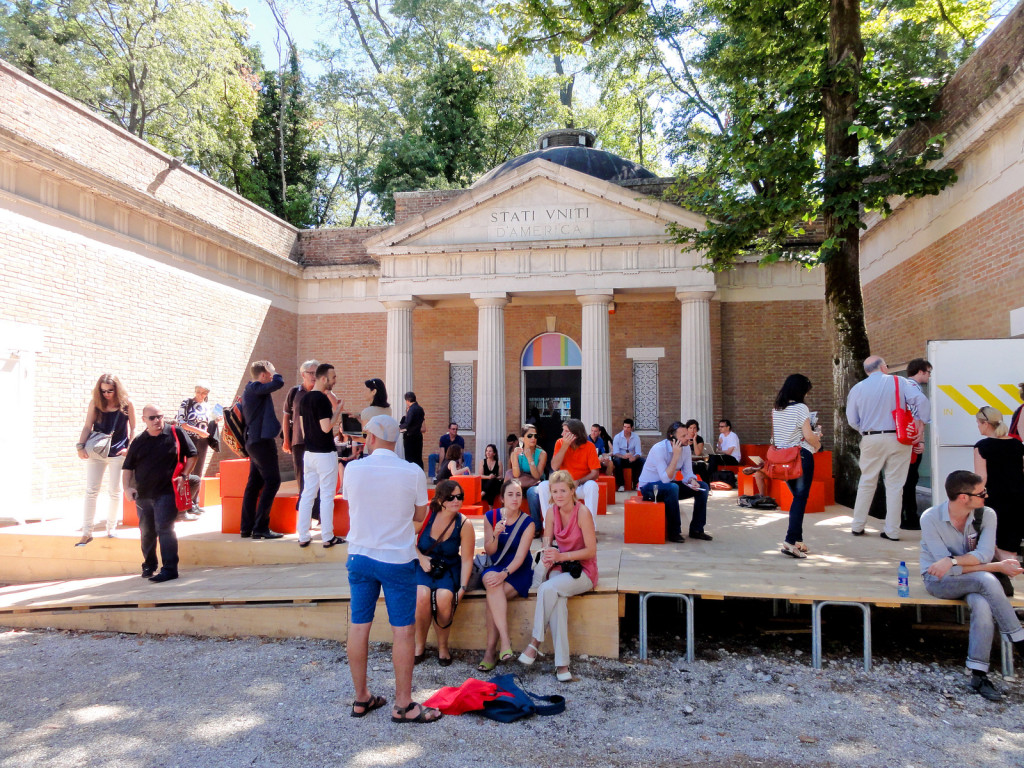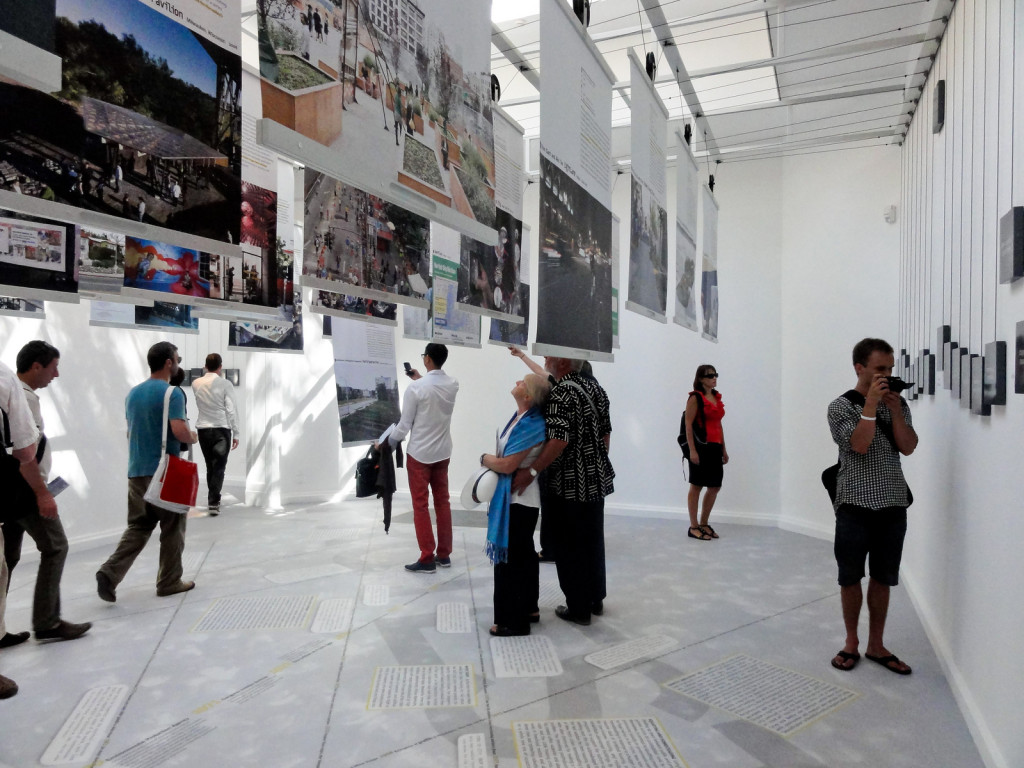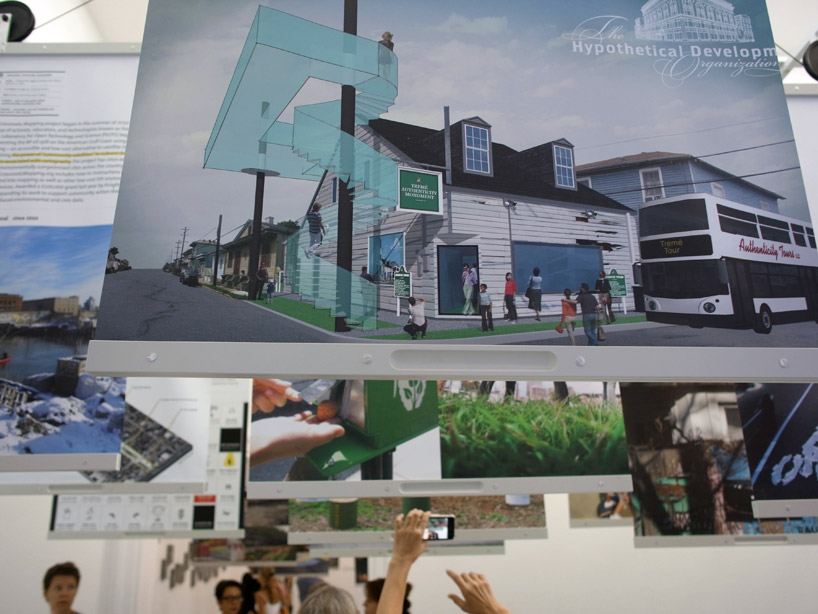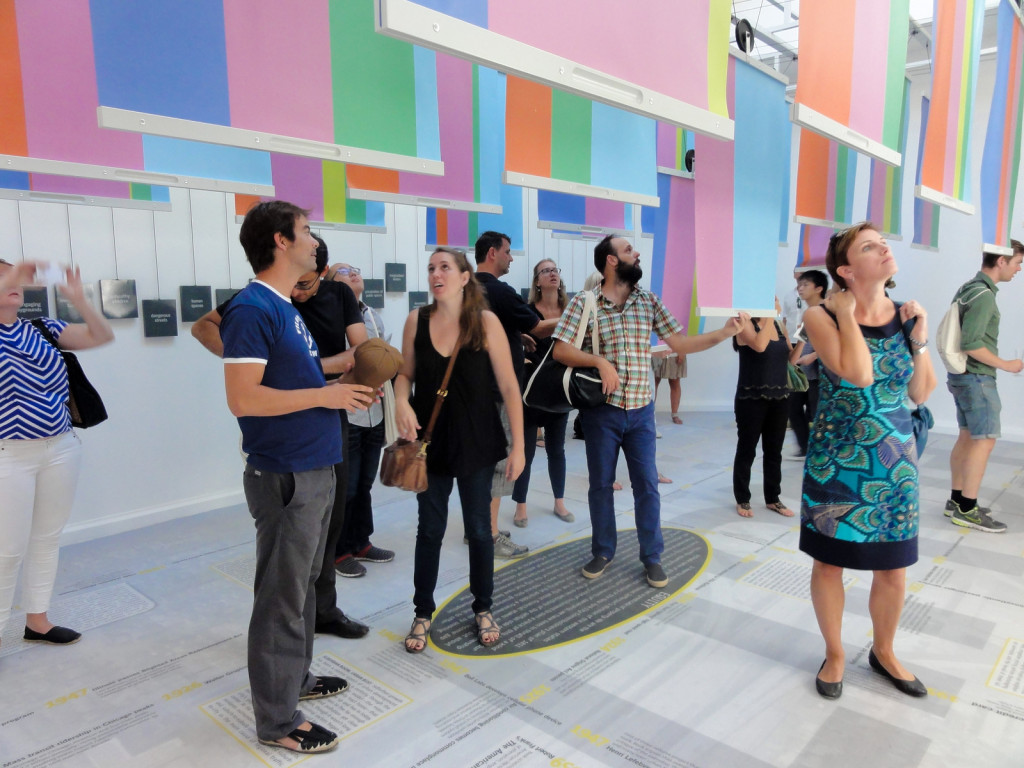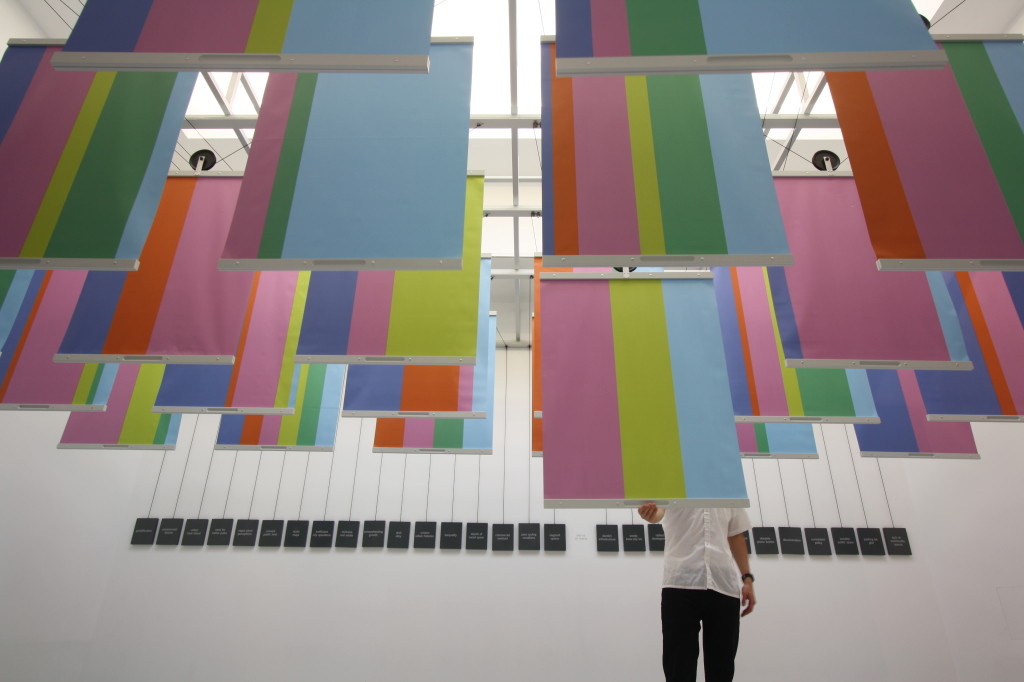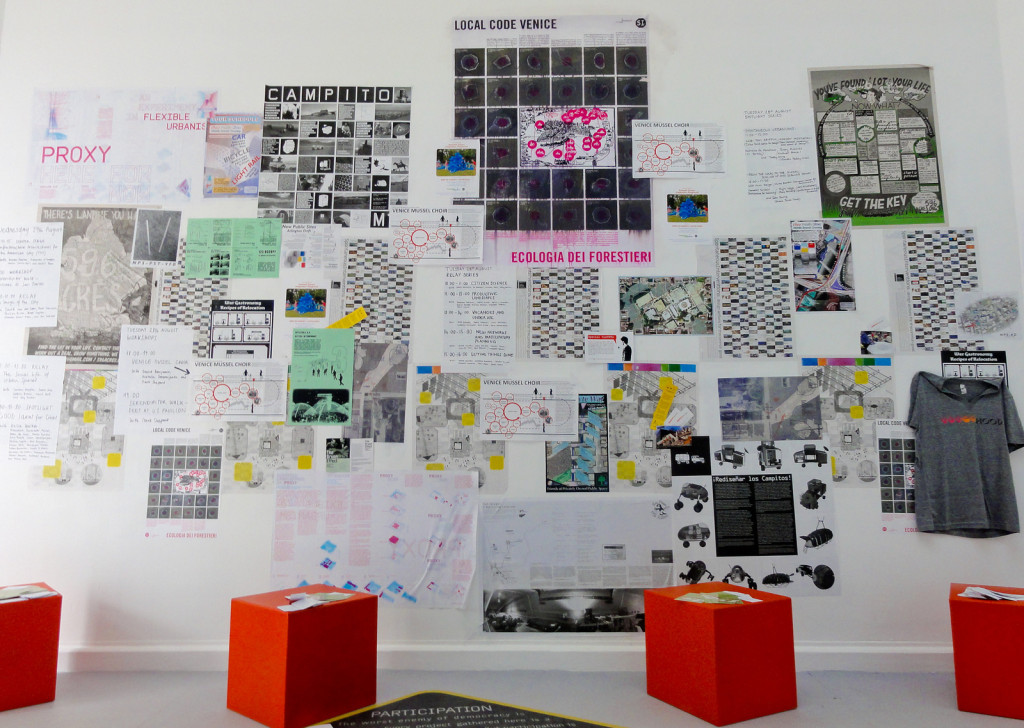In recent years, there has been a nascent movement of designers acting on their own initiative to solve problematic urban situations, creating new opportunities and amenities for the public. Provisional, improvisational, guerrilla, unsolicited, tactical, temporary, informal, DIY, unplanned, participatory, opensource—these are just a few of the words that have been used to describe this growing body of work.
Spontaneous Interventions frames an archive of compelling, actionable strategies, ranging from urban farms to guerrilla bike lanes, temporary architecture to poster campaigns, urban navigation apps to crowdsourced city planning. These efforts cut across boundaries, addressing architecture, landscape, infrastructure, and the digital universe, and run the gamut from symbolic to practical, physical to virtual, whimsical to serious. But they share an optimistic willingness to venture outside conventional practice and to deploy fresh tactics to make cities more sustainable, accessible, and inclusive.
Awarded Special Mention for National Participation.
Commissioner and Curator: Cathy Lang Ho
Co-curators: David van der Leer and Ned Cramer
Curatorial Advisors: Paola Antonelli, Anne Guiney, Zoe Ryan, Michael Sorkin and Erik Adigard
Project managers: Gordon Douglas and Mimi Zeiger
Design: Freecell, M-A-D, and Interboro Partners
“[T]he show may not be the first but it is the latest and one of the most panoramic surveys of this sort of insurgent, unplanned, provisional, do-it-yourself micro-cultural citizen activism.
That many of the projects here skirt authority and don’t involve architects suggests not that architects aren’t important or that cities don’t depend on top-down plans. It suggests that cities and architects still have a ways to go to catch up with an increasingly restless public’s appetite for better design and better living.
And that the public isn’t waiting.”—Michael Kimmelman, The New York Times
